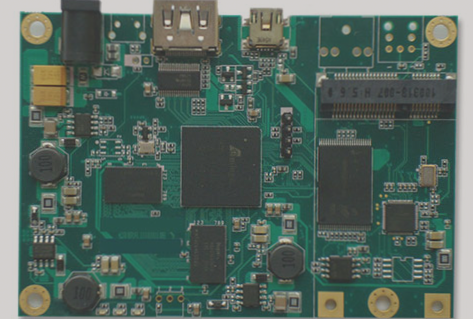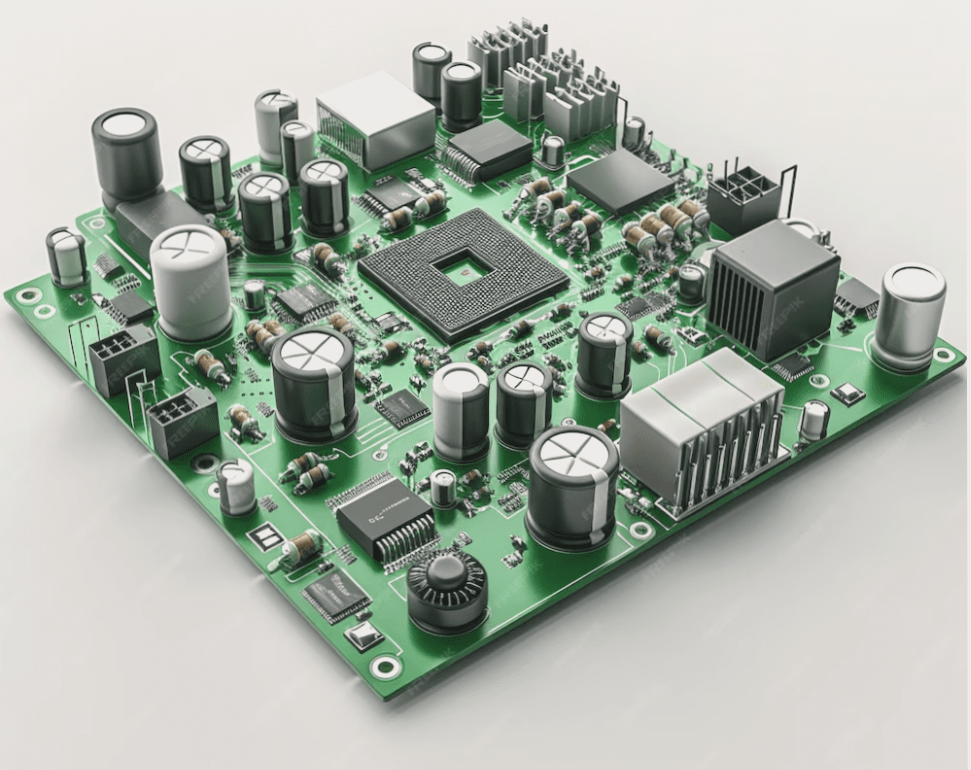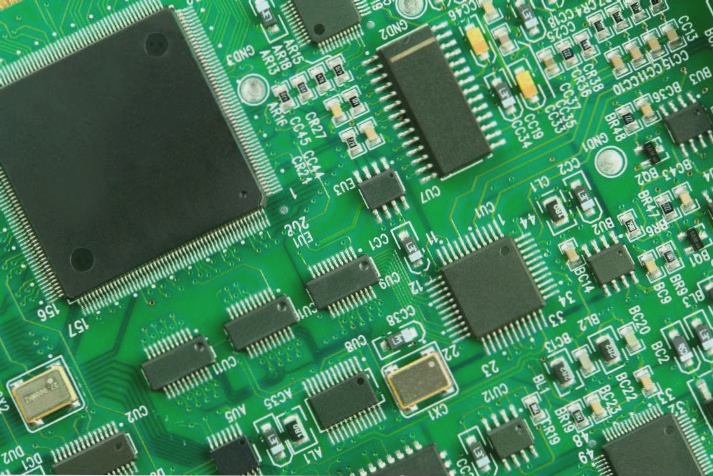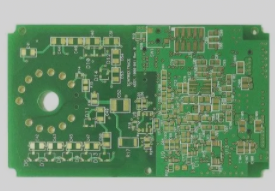Key Considerations for High-Speed PCB Design
- The Impact of Wiring Topology on Signal Integrity
Signal integrity challenges can arise when signals traverse transmission lines on high-speed PCBs. Different buffers can affect signal reflection in various ways, making it essential to carefully consider the wiring topology. While a star topology may seem advantageous for consistent signal transmission delays, it may not adequately address delays in data buses connected to devices like FLASH and SDRAM. High-speed simulations typically focus on waveform accuracy at nodes handling high-speed signals, rather than monitoring signals at slower devices like FLASH.

- The Influence of Pads on High-Speed Signals
Pads play a significant role in affecting high-speed signals in PCB design. They impact signal quality similarly to how device packaging influences performance. Engineers often rely on package parameters in IBIS models to analyze the effects of pads, solder, and pins on signal integrity. While this method is effective at lower frequencies, higher frequencies may require more precise simulations using IBIS V-I and V-T curves for buffer characterization and SPICE models for package parameters.
- Electromagnetic Interference (EMI) in PCB Design
EMI can originate from PCBs, underscoring the importance of electromagnetic compatibility (EMC) in electronic products. Addressing EMI during high-speed PCB design can expedite product development and market entry. Engineers often focus on EMI suppression strategies, such as adding decoupling capacitors to power supply pins to mitigate clock signal harmonics. Understanding the three elements of EMC—radiation source, transmission route, and victim—is crucial for effective EMI mitigation. Filtering techniques can help reduce EMC radiation through conduction, while considerations for interference sources and victims, such as signal rising edges and sub-harmonics, are essential for a successful design.
RF Routing Considerations in PCB Design
When it comes to RF routing, choosing between vias and bends is crucial. Analyzing the return path of RF circuits differs significantly from that of high-speed digital circuits. While both types of circuits share characteristics as distributed parameter circuits and utilize Maxwell’s equations for analysis, RF circuits are analog in nature. This means they require control over both voltage (V=V(t)) and current (I=I(t)). On the other hand, digital circuits focus solely on voltage changes (V=V(t)).
Therefore, RF routing must take into account not only the signal return paths but also how routing impacts current flow, including the effects of bends and vias. Most RF boards are single-sided or double-sided PCBs that lack complete plane layers. As a result, return paths are dispersed across various grounds and power supplies surrounding the signal.
Simulation of RF circuits requires 3D field extraction tools for in-depth analysis. Additionally, the reflow of vias requires specific examination to ensure optimal performance. In contrast, high-speed digital circuit analysis typically involves multi-layer PCBs with complete plane layers. Analysis in this case relies on 2D field extraction and primarily addresses signal return flows in adjacent planes, treating vias as lumped parameter RLC components.
If you have any PCB manufacturing needs or require further assistance with RF routing, please feel free to contact me.




